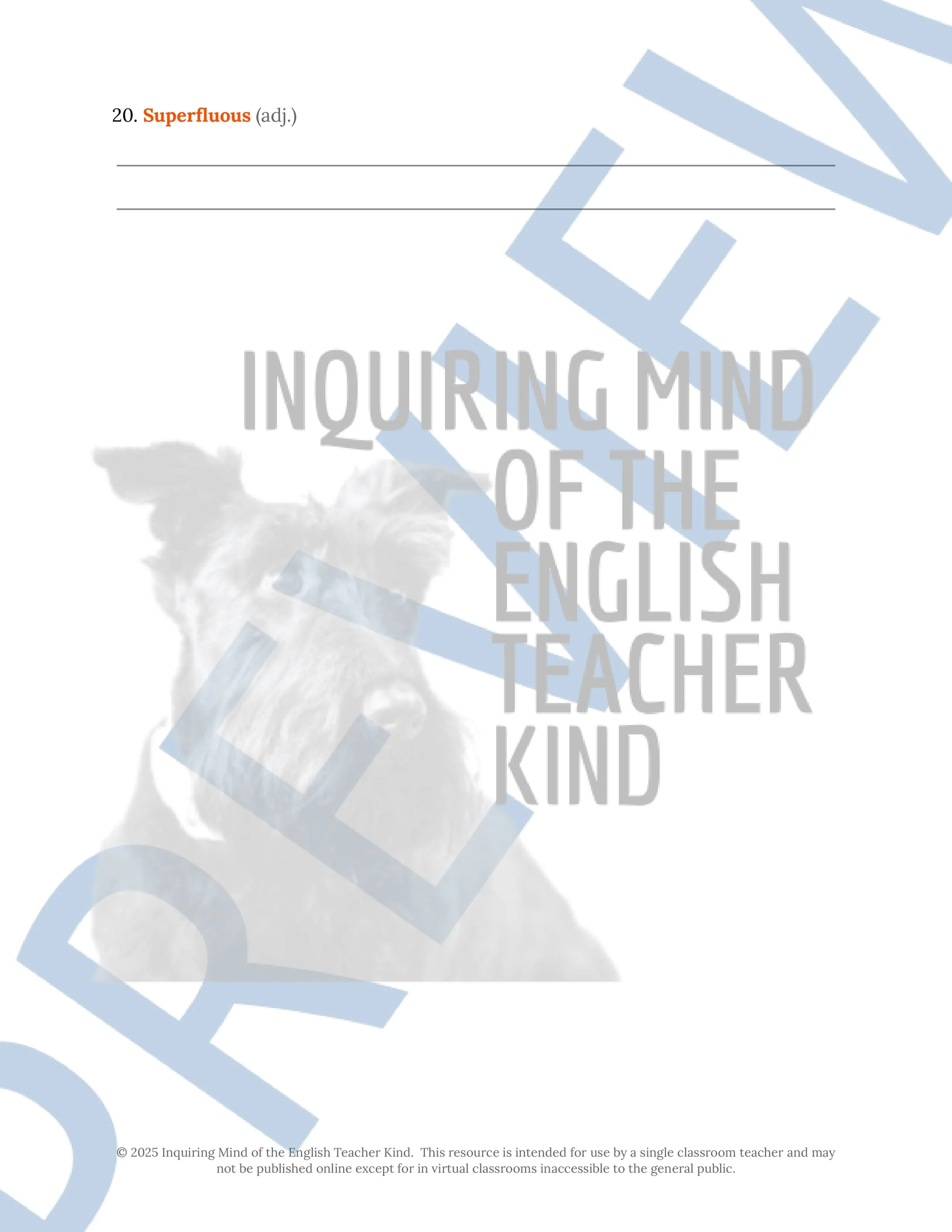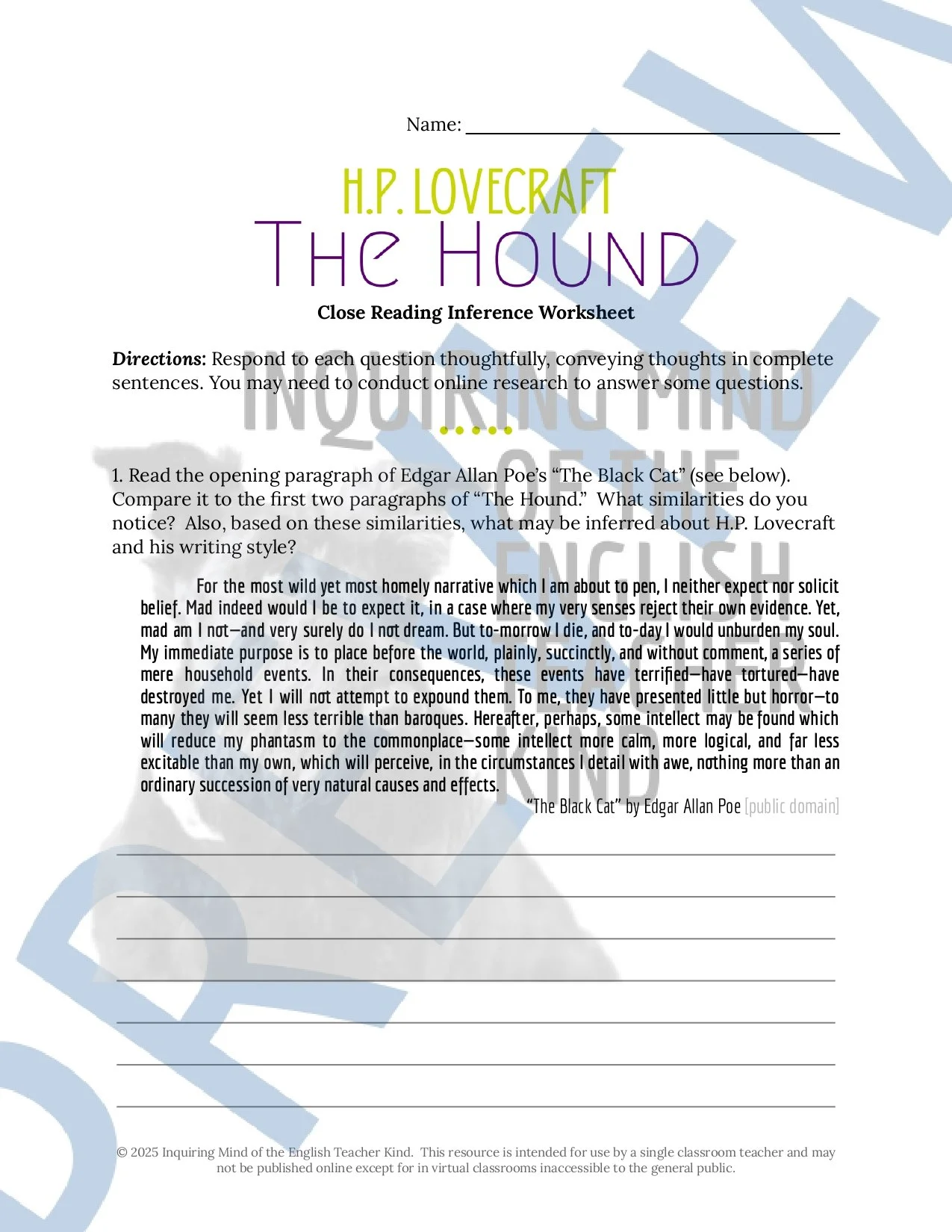 Image 1 of 85
Image 1 of 85

 Image 2 of 85
Image 2 of 85

 Image 3 of 85
Image 3 of 85

 Image 4 of 85
Image 4 of 85

 Image 5 of 85
Image 5 of 85

 Image 6 of 85
Image 6 of 85

 Image 7 of 85
Image 7 of 85

 Image 8 of 85
Image 8 of 85

 Image 9 of 85
Image 9 of 85

 Image 10 of 85
Image 10 of 85

 Image 11 of 85
Image 11 of 85

 Image 12 of 85
Image 12 of 85

 Image 13 of 85
Image 13 of 85

 Image 14 of 85
Image 14 of 85

 Image 15 of 85
Image 15 of 85

 Image 16 of 85
Image 16 of 85

 Image 17 of 85
Image 17 of 85

 Image 18 of 85
Image 18 of 85

 Image 19 of 85
Image 19 of 85

 Image 20 of 85
Image 20 of 85

 Image 21 of 85
Image 21 of 85

 Image 22 of 85
Image 22 of 85

 Image 23 of 85
Image 23 of 85

 Image 24 of 85
Image 24 of 85

 Image 25 of 85
Image 25 of 85

 Image 26 of 85
Image 26 of 85

 Image 27 of 85
Image 27 of 85

 Image 28 of 85
Image 28 of 85

 Image 29 of 85
Image 29 of 85

 Image 30 of 85
Image 30 of 85

 Image 31 of 85
Image 31 of 85

 Image 32 of 85
Image 32 of 85

 Image 33 of 85
Image 33 of 85

 Image 34 of 85
Image 34 of 85

 Image 35 of 85
Image 35 of 85

 Image 36 of 85
Image 36 of 85

 Image 37 of 85
Image 37 of 85

 Image 38 of 85
Image 38 of 85

 Image 39 of 85
Image 39 of 85

 Image 40 of 85
Image 40 of 85

 Image 41 of 85
Image 41 of 85

 Image 42 of 85
Image 42 of 85

 Image 43 of 85
Image 43 of 85

 Image 44 of 85
Image 44 of 85

 Image 45 of 85
Image 45 of 85

 Image 46 of 85
Image 46 of 85

 Image 47 of 85
Image 47 of 85

 Image 48 of 85
Image 48 of 85

 Image 49 of 85
Image 49 of 85

 Image 50 of 85
Image 50 of 85

 Image 51 of 85
Image 51 of 85

 Image 52 of 85
Image 52 of 85

 Image 53 of 85
Image 53 of 85

 Image 54 of 85
Image 54 of 85

 Image 55 of 85
Image 55 of 85

 Image 56 of 85
Image 56 of 85

 Image 57 of 85
Image 57 of 85

 Image 58 of 85
Image 58 of 85

 Image 59 of 85
Image 59 of 85

 Image 60 of 85
Image 60 of 85

 Image 61 of 85
Image 61 of 85

 Image 62 of 85
Image 62 of 85

 Image 63 of 85
Image 63 of 85

 Image 64 of 85
Image 64 of 85

 Image 65 of 85
Image 65 of 85

 Image 66 of 85
Image 66 of 85

 Image 67 of 85
Image 67 of 85

 Image 68 of 85
Image 68 of 85

 Image 69 of 85
Image 69 of 85

 Image 70 of 85
Image 70 of 85

 Image 71 of 85
Image 71 of 85

 Image 72 of 85
Image 72 of 85

 Image 73 of 85
Image 73 of 85

 Image 74 of 85
Image 74 of 85

 Image 75 of 85
Image 75 of 85

 Image 76 of 85
Image 76 of 85

 Image 77 of 85
Image 77 of 85

 Image 78 of 85
Image 78 of 85

 Image 79 of 85
Image 79 of 85

 Image 80 of 85
Image 80 of 85

 Image 81 of 85
Image 81 of 85

 Image 82 of 85
Image 82 of 85

 Image 83 of 85
Image 83 of 85

 Image 84 of 85
Image 84 of 85

 Image 85 of 85
Image 85 of 85






















































































Dracula Quiz, Close Reading Activities, Vocabulary Games, Test, and Answer Keys
Eliminate assessment planning responsibilities with this comprehensive bundle for teaching Bram Stoker's novel Dracula. Included are the following: eight plot-based quizzes, eight vocabulary application activities, eight crossword puzzles, twenty-seven close reading analysis worksheets, an end-of-unit test (with test prep guide), the public domain novel, and answer keys. Materials are delivered in Word Document and PDF formats. (Alternatively, a Google Drive bundle option is available.) More detailed information follows.
Vocabulary Games and Activities: Frontload assigned readings with vocabulary games and activities to facilitate comprehension of the novel. Alternatively, stash these materials in an emergency sub folder to keep students meaningfully engaged in the book during unexpected teacher absences. By engaging with these materials, students will:
Determine the meaning of unfamiliar and complex words
Consult reference materials in order to learn and verify word meanings
Discern the most proper application of words as they are used in sentences
Plot-Based Quizzes: Evaluate general reading comprehension and hold students accountable for completing assigned readings. Alternatively, the quizzes may serve as guided reading handouts to facilitate purposeful engagement with literature. By engaging with these materials, students will:
Demonstrate generalized knowledge of characters
Demonstrate generalized knowledge of settings
Demonstrate generalized knowledge of conflicts
Close Reading Analysis Worksheets: Go beyond general reading comprehension and support the development of close reading analysis skills with this set of rigorous activities (one for each chapter). By engaging with these materials, students will:
Identify what the text says both explicitly and implicitly
Determine the function of a given excerpt
Explore how setting contributes to mood
Describe the tone of given excerpts
Discern the intended effects of the author's narrative techniques
Examine how complex characters think, behave, interact, and develop
Compare and contrast characters
Apply knowledge of literary devices including situational irony, verbal irony, dramatic irony, foreshadowing, metaphor, oxymoron, epiphany, and more
Conduct brief research on topics relevant to the novel
Support claims and inferences with sound reasoning and relevant evidence
Write about Gothic literature with clarity, accuracy, and precision
Summative Test: Evaluate recall of plot and analysis of characters with this assessment, which includes a test prep guide and Common Core-aligned rubric for evaluating essay writing. In addition to applying knowledge of characters, settings, and conflicts, students will draft a five-paragraph essay about the effects of fear and curiosity on a character in the story.
Resources are available for a variety of other engaging novels:
Eliminate assessment planning responsibilities with this comprehensive bundle for teaching Bram Stoker's novel Dracula. Included are the following: eight plot-based quizzes, eight vocabulary application activities, eight crossword puzzles, twenty-seven close reading analysis worksheets, an end-of-unit test (with test prep guide), the public domain novel, and answer keys. Materials are delivered in Word Document and PDF formats. (Alternatively, a Google Drive bundle option is available.) More detailed information follows.
Vocabulary Games and Activities: Frontload assigned readings with vocabulary games and activities to facilitate comprehension of the novel. Alternatively, stash these materials in an emergency sub folder to keep students meaningfully engaged in the book during unexpected teacher absences. By engaging with these materials, students will:
Determine the meaning of unfamiliar and complex words
Consult reference materials in order to learn and verify word meanings
Discern the most proper application of words as they are used in sentences
Plot-Based Quizzes: Evaluate general reading comprehension and hold students accountable for completing assigned readings. Alternatively, the quizzes may serve as guided reading handouts to facilitate purposeful engagement with literature. By engaging with these materials, students will:
Demonstrate generalized knowledge of characters
Demonstrate generalized knowledge of settings
Demonstrate generalized knowledge of conflicts
Close Reading Analysis Worksheets: Go beyond general reading comprehension and support the development of close reading analysis skills with this set of rigorous activities (one for each chapter). By engaging with these materials, students will:
Identify what the text says both explicitly and implicitly
Determine the function of a given excerpt
Explore how setting contributes to mood
Describe the tone of given excerpts
Discern the intended effects of the author's narrative techniques
Examine how complex characters think, behave, interact, and develop
Compare and contrast characters
Apply knowledge of literary devices including situational irony, verbal irony, dramatic irony, foreshadowing, metaphor, oxymoron, epiphany, and more
Conduct brief research on topics relevant to the novel
Support claims and inferences with sound reasoning and relevant evidence
Write about Gothic literature with clarity, accuracy, and precision
Summative Test: Evaluate recall of plot and analysis of characters with this assessment, which includes a test prep guide and Common Core-aligned rubric for evaluating essay writing. In addition to applying knowledge of characters, settings, and conflicts, students will draft a five-paragraph essay about the effects of fear and curiosity on a character in the story.
Resources are available for a variety of other engaging novels:


















































































































































































































